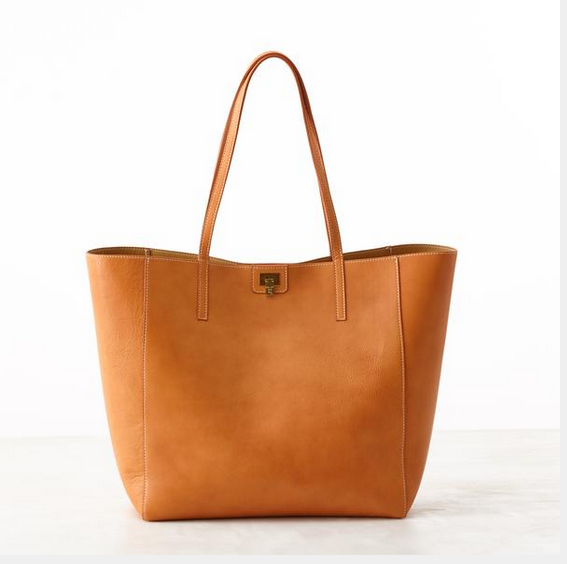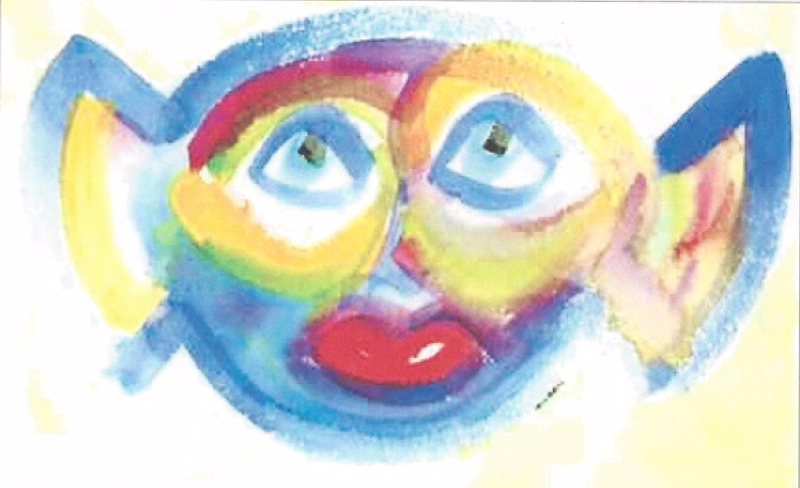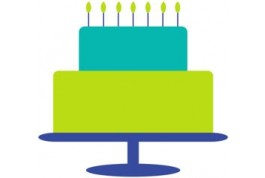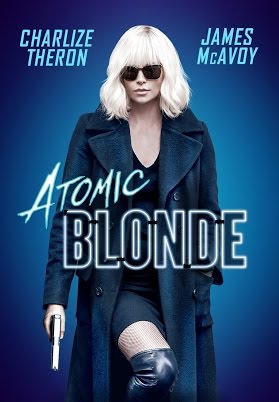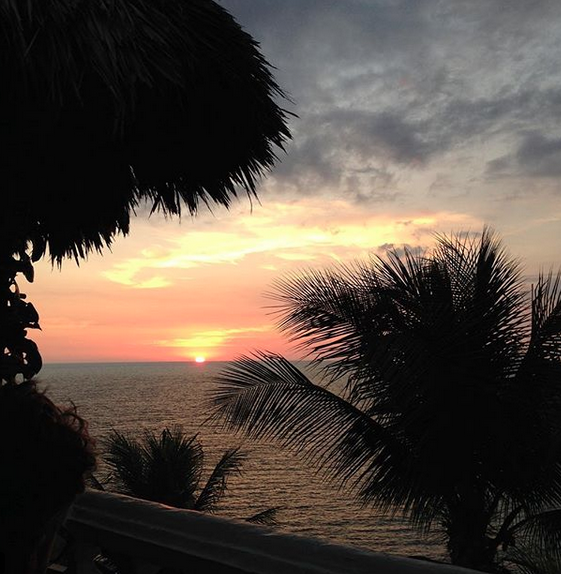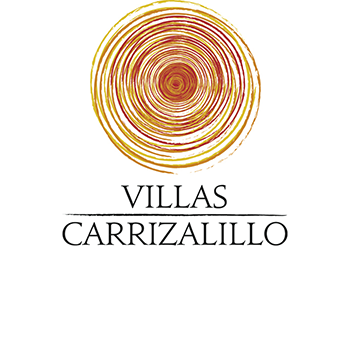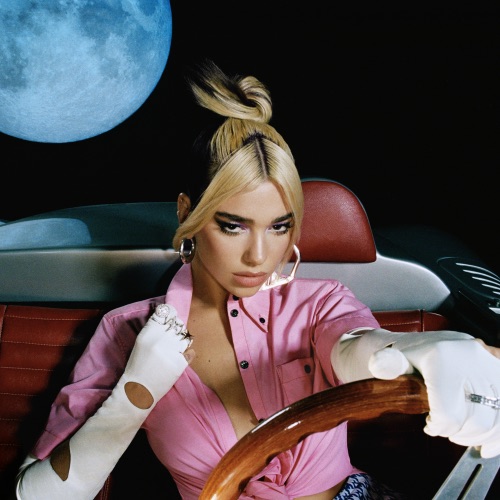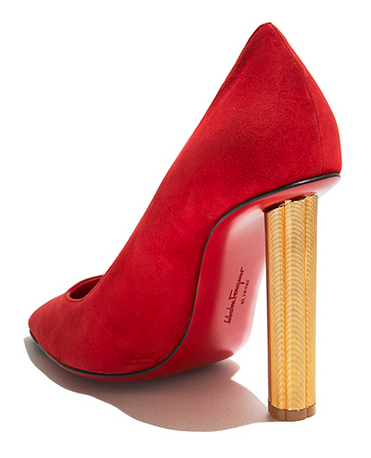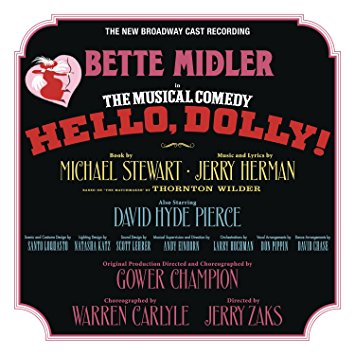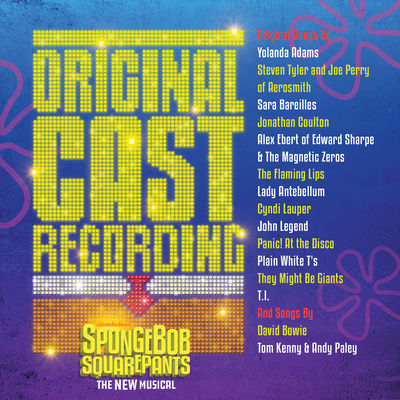'SPRINGSTEEN ON BROADWAY' - THE BOSS UNPLUGGED IN AN INTIMATE SETTING
 Saturday, June 16, 2018 at 10:43AM
Saturday, June 16, 2018 at 10:43AM
 Bruce Springsteen
Bruce Springsteen
HENRY EDWARDS - New York - October 17, 2017
Around three-quarters of the way through “Springsteen on Broadway,” the beloved rock superstar’s solo acoustic show at the Walter Kerr Theatre, he has this to say to his audience:
"Today we're dealing with young men in torch-light parades calling on the ugliest ghosts of our past. And suddenly your neighbors and countrymen look like complete strangers to you. Martin Luther King said the arc of the moral universe is long, but it bends towards justice. I think that's true. I believe that it is true. I believe that what we're seeing now is just a bad chapter in the ongoing battle for the soul of the nation."
There he was alone on the stage, a mythic figure of giant-sized proportions that had determinedly chosen to transform himself into a life-sized human and was proceeding to express heartfelt concerns about the current state of the American nation.
Springsteen has said that his Broadway residency was inspired by his parting gift to the Obama family, an acoustic concert he performed in the East Room of the White House in late 2016, for around 250 people.
It was the same year the superstar turned up in New York City to play the Barclays Center, an indoor arena in Brooklyn with a capacity of 19,000.
Never an overtly political songwriter or performer, Springsteen has let it be known he has no interest in addressing President Trump in song.
Over the years, he has taken umbrage when President Ronald Regan used his song “Born in the USA” at political events; has stumped for Barack Obama; and he has expressed disapproval at the misguided war in Iraq with a song like “Devils & Dust.”
Springsteen’s remarks were greeted with mostly respectful silence and scattered cheers. The impassioned moment was not exactly what some audience members had come to hear; you could sense there were Trump voters in the crowd and the current moment was anything but Springsteen’s “bad chapter.”
Over the past 43 years, the musician has released 18 studio albums, garnered 20 Grammys, won an Oscar, been inducted into the Rock and Roll Hall of Fame, received a Kennedy Center Honor, and awarded the Presidential Medal of Freedom.
Springsteen’s concerts frequently run three-and-a-half to even four hours in length. The performer pours his heart and soul into every single onstage moment, jumping and running around like a mad man.
He characterizes the concerts are “missions” and “a form of communion” that at their best provide “the temporary experience of transcendence,” allowing him to sing about “your misery, the world’s misery, your most devastating experiences, but there is something in the gathering of souls that blows the blues away.”
Springsteen’s legion of loyal fans is one of the biggest fan bases in music. For them, a Bruce Springsteen concert absolutely is a joyous, transcendent religious experience.
Their reaction to him transcends admiration. They love Springsteen – they really love him!
Until the 2016 publication of his 528-page memoir, “Born to Run,” the musician refused to look backward.
He looked back then and looks back again in “Springsteen on Broadway,” culling most of the autobiographical material he speaks onstage from his book.
The solo show kicked off on Oct. 3, opened officially on Oct. 12 and runs through Feb. 3, 2018. Springsteen performs five shows a week at the 960-seat theatre, the smallest venue he has headlined in decades.
The residency sold out instantly and grossed $2 million the first week with an astonishing average ticket price of $500 per ticket.
I did not expect to be invited to review the show. (Who needs reviews when there are no tickets left to sell?)
I was not particularly upset. I admire Springsteen’s work, but I’m not what you would call a true believer – and this appeared to an evening designed for true believers willing to shell out big (and I mean big) bucks in order to attend.
I also happened to have expressed in print my reservations about his third album, 1975’s “Born to Run,” which transformed him into an imminent superstar. The following week, Springsteen made the covers of Time and Newsweek, and I was quoted in both stories.
To this day, I’m still being kidded about my shortsightedness.
When a friend informed me that he had complimentary seats for the performance three days after the official opening and invited me to come along, I accepted on the condition that the tickets, each $750, were complimentary.
They turned out not to be and I gasped when my surprised host shelled out for the pair of seats.
I was still gasping about the cost when Bruce, clad in T-shirt and jeans, and carrying an acoustic guitar, turned up on stage.
“Springsteen on Broadway” is almost two hours in length without an intermission, and the performer is alone on stage for the duration, except for a two-song appearance by wife and musical partner, Patti Scialfa.
He performs a series of extensive spoken word segments and fifteen of his best-known songs, accompanying himself with various acoustic guitars, a harmonica and occasionally the piano to his left.
The arrangements are spare and so is the artful, minimalist look of the show. Heather Wolensky’s set represents the darkly lit back of the theater containing little but touring equipment and music cases. Natasha Katz’s artfully composed lighting design reinforces the sober tone.
The show is divided roughly into two parts. The first traces his life from early childhood through his days leading bar bands in Asbury Park, New Jersey. Halfway through, he trades the strictly chronological structure for a more thematic approach.
Springsteen has always referred to his working-class, everyman persona as his “greatest magic trick,” and he interjects a delicious element of self-deprecation at the top of the show when he stops playing the opening song, "Growin' Up."
“I come from a boardwalk town where almost everything is tinged with a bit of fraud. So am I,” he says in his gravelly speaking voice.
He goes on to point out he is most definitely not the working man so celebrated in his songs, admitting "I have never held an honest job in my entire life. I've never worked nine to five. I’ve never done hard labor and yet it’s all I’ve ever written about.”
He doesn’t stop there. Even though his songs are overrun with the urge to escape, Springsteen never did, or not really: “I live ten minutes from my home town,” he quipped.
“My Hometown" brings forth an ode to his birthplace of Freehold, NJ. His childhood, he makes clear, was neither very easy nor very hard. But his father was a definitely problematic.
In “My Father’s House” he sings of a father whose presence he would search out as a boy in the local bars, his mother sitting outside in the car as he headed inside.
At his young height, he could see trousers and shoes, and no more, and someone had to indicate he’d located his dad.
Springsteen interestingly admits to framing his working-class affectations as his way of forcing closeness with the famously disapproving factory worker father who withheld his love.
His next song, "The Wish," is dedicated to his much-loved mother, who buys her son a guitar and gets a song in return. The loving memories of her working clothes and the pleasure she took in dancing are among the most unabashedly happy in Springsteen’s often melancholy songbook.
The young Springsteen, he recalls, wanted to get out of Freehold, which wasn’t easy when there was a ban on "moving" at night.
“Thunder Road," an exploration of the inner lives and anxieties of people who cruise the night in souped-up Chevys in a promise of escape, takes on a new life when he introduces it with an account of the night he and some friends left Freehold for Asbury Park, loading up the few things he owned into a flatbed truck and taking off down the highway.
Ultimately, Springsteen does get out of town, and he tells of his excitement the night that he believes he and his band have been spotted by a major industry player, although the same night, another player beds his then-girlfriend and she disappears, never to be seen again.
In “The Promised Land,” he makes the point that every tale of childhood or life on the road wasn’t neatly romanticized. He walks away from the mic for the entire last verse, giving the audience a dose of Bruce Springsteen, singing directly to them, nothing in between.
 The Boss
The Boss
Springsteen talks in detail about meeting Ron Kovic, the former Marine Corps sergeant turned anti-war activist, who partly inspired “Born in the U.S.A.”
The song was written as a bluesy lament sung by a Vietnam veteran, and not as the jingoistic hymn many believe it to be, and the way he performs it, spitting out the lyrics on what might be a single breath.
Springsteen moves to the piano for "Tenth Avenue Freeze-Out" and to speak about his E Street band mates, especially “the Big Man,” the late Clarence Clemons, “a force of nature in my life."
Springsteen’s heart is fit to bursting when he recalls speaks and sings in memory of the beloved saxophonist.
Next up is the story of the 1984 night he met wife Patti Scialfa at the Asbury Park music club, the Stone Pony, where she was performing. He even plays a little bit of the song he heard her sing, the Exciters's 'Tell Him."
"The first line she sang was 'I know something about love.' She does," he says.
Bruce has been in terrific voice all night and when Patti steps out of the wings and joins him for "Brilliant Disguise" and "Tougher than the Rest," each gazing steadily into the other’s eyes, they turn their duets into vocal treasures.
Inhabiting the latter with stunning intensity, they transform it a promise, and very nearly a wedding vow.
After delivering the comments that launched this review, Springsteen performs two songs composed in the George W. Bush era, "The Rising" and "Long Walk Home," a song about what happens with a familiar environment is made alien and threatening.
The mood lightens with "Dancing in the Dark," "Land of Hope and Dreams" and the finale, his haunting 1988 solo arrangement of "Born to Run."
“Springsteen on Broadway” is an intense and emotional evening in which a helplessly charismatic performer/multi-instrumentalist/writer offers an earnest meditation on his life and work without a wasted word.
The show is carefully and caringly scripted, and Bruce proves a self-effacing narrator. There is next to nothing about fame in the show, and there is no boasting or grandstanding, and his humility feels genuine rather than faux.
He leaves the stage at the evening's end, shaking a few hands, and then offering a little self-deprecating wave.
The fans have paid huge sums to have an intimate (and quiet) encounter with their beloved Bruce who has chosen to confront his past, put it into a new and radically unexpected context.
From my point of view, it’s an artistic achievement, the best one-man show I’ve seen in quite some time, and one that left me thinking about the nature of authenticity and wondering whether every self-presentation is a “great magic trick.”
I didn’t get it when I wrote that review in 1975.
 Born to Run
Born to Run
“Springsteen on Broadway” has undergone a series of extensions and will now run through Dec. 18- FOR MORE INFORMATION / TICKETS - VISIT: SPRINGSTEEN ON BROADWAY
